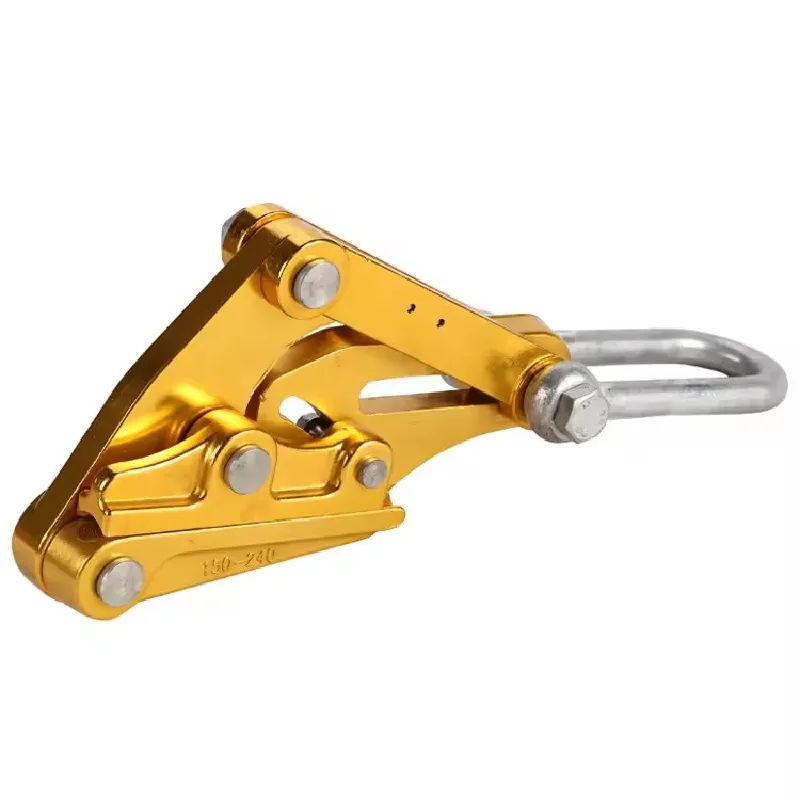
-
 Afrikaans
Afrikaans -
 Albanian
Albanian -
 Amharic
Amharic -
 Arabic
Arabic -
 Armenian
Armenian -
 Azerbaijani
Azerbaijani -
 Basque
Basque -
 Belarusian
Belarusian -
 Bengali
Bengali -
 Bosnian
Bosnian -
 Bulgarian
Bulgarian -
 Catalan
Catalan -
 Cebuano
Cebuano -
 Corsican
Corsican -
 Croatian
Croatian -
 Czech
Czech -
 Danish
Danish -
 Dutch
Dutch -
 English
English -
 Esperanto
Esperanto -
 Estonian
Estonian -
 Finnish
Finnish -
 French
French -
 Frisian
Frisian -
 Galician
Galician -
 Georgian
Georgian -
 German
German -
 Greek
Greek -
 Gujarati
Gujarati -
 Haitian Creole
Haitian Creole -
 hausa
hausa -
 hawaiian
hawaiian -
 Hebrew
Hebrew -
 Hindi
Hindi -
 Miao
Miao -
 Hungarian
Hungarian -
 Icelandic
Icelandic -
 igbo
igbo -
 Indonesian
Indonesian -
 irish
irish -
 Italian
Italian -
 Japanese
Japanese -
 Javanese
Javanese -
 Kannada
Kannada -
 kazakh
kazakh -
 Khmer
Khmer -
 Rwandese
Rwandese -
 Korean
Korean -
 Kurdish
Kurdish -
 Kyrgyz
Kyrgyz -
 Lao
Lao -
 Latin
Latin -
 Latvian
Latvian -
 Lithuanian
Lithuanian -
 Luxembourgish
Luxembourgish -
 Macedonian
Macedonian -
 Malgashi
Malgashi -
 Malay
Malay -
 Malayalam
Malayalam -
 Maltese
Maltese -
 Maori
Maori -
 Marathi
Marathi -
 Mongolian
Mongolian -
 Myanmar
Myanmar -
 Nepali
Nepali -
 Norwegian
Norwegian -
 Norwegian
Norwegian -
 Occitan
Occitan -
 Pashto
Pashto -
 Persian
Persian -
 Polish
Polish -
 Portuguese
Portuguese -
 Punjabi
Punjabi -
 Romanian
Romanian -
 Russian
Russian -
 Samoan
Samoan -
 Scottish Gaelic
Scottish Gaelic -
 Serbian
Serbian -
 Sesotho
Sesotho -
 Shona
Shona -
 Sindhi
Sindhi -
 Sinhala
Sinhala -
 Slovak
Slovak -
 Slovenian
Slovenian -
 Somali
Somali -
 Spanish
Spanish -
 Sundanese
Sundanese -
 Swahili
Swahili -
 Swedish
Swedish -
 Tagalog
Tagalog -
 Tajik
Tajik -
 Tamil
Tamil -
 Tatar
Tatar -
 Telugu
Telugu -
 Thai
Thai -
 Turkish
Turkish -
 Turkmen
Turkmen -
 Ukrainian
Ukrainian -
 Urdu
Urdu -
 Uighur
Uighur -
 Uzbek
Uzbek -
 Vietnamese
Vietnamese -
 Welsh
Welsh -
 Bantu
Bantu -
 Yiddish
Yiddish -
 Yoruba
Yoruba -
 Zulu
Zulu


8 сар . 30, 2024 22:21 Back to list
rotating electrical connection
Rotating Electrical Connection A Key Technology in Modern Engineering
Rotating electrical connections, often referred to as slip rings, play a crucial role in various industrial applications where power and data need to be transmitted from a stationary to a rotating part. These connections are essential in numerous devices, including wind turbines, robotics, and medical equipment, and have transformed the engineering landscape by facilitating continuous operation without the need for wear-prone wired connections.
Understanding Rotating Electrical Connections
A rotating electrical connection consists of a combination of stationary and rotating components that allow for the transfer of electrical current and signals while permitting rotational motion. The fundamental principle behind these connections is the slip ring, which serves as a conductive interface. Slip rings typically consist of a cylindrical conductor that rotates within stationary brushes. As the slip ring turns, the brushes maintain electrical contact, allowing the flow of current and data signals.
Applications Across Industries
One of the most prominent applications of rotating electrical connections is in wind turbines. These structures utilize large rotating blades to harness wind energy, generating electricity. Slip rings in wind turbines facilitate the transmission of power from the rotating blades to the stationary generator. They also enable the monitoring of various data points such as temperature, vibration, and blade position, enhancing the efficiency and reliability of wind energy systems.
In the field of robotics, rotating electrical connections allow for the seamless movement of robotic arms and joints. These connections enable power and communication between stationary controls and the dynamically moving parts of the robot, which is vital for tasks that require precision and fluidity. Additionally, in medical equipment, such as MRI machines, rotating connections ensure that imaging systems can acquire high-quality scans without interruptions, ultimately improving patient care.
rotating electrical connection

Advantages of Rotating Electrical Connections
The use of rotating electrical connections offers several advantages that enhance performance and longevity in various applications. Firstly, these connections reduce wear and tear associated with traditional wired systems, which can lead to interruptions and increased maintenance costs. By minimizing friction and the need for complex wiring, slip rings contribute to more reliable and efficient systems.
Secondly, rotating electrical connections facilitate the transfer of both power and data signals, streamlining designs and reducing the number of components needed. This integration results in lighter and more compact systems, which is particularly beneficial in industries such as aerospace and automotive engineering, where weight reduction is crucial.
Future Developments
As technology continues to advance, the evolution of rotating electrical connections is expected to push the boundaries of what is possible in various fields. Research is ongoing to develop more sophisticated materials that can withstand extreme conditions, thereby enhancing the durability and performance of slip rings. Innovations such as wireless power transfer are also being explored, which could revolutionize how rotating electrical connections are understood and utilized.
Conclusion
In summary, rotating electrical connections are a vital component in modern engineering, enabling efficient power and data transfer in rotating systems. Their applications span a wide array of industries, from renewable energy to robotics and healthcare, proving their significance in facilitating continuous and reliable operations. As technology progresses, the future of rotating electrical connections promises even greater innovations, making them an indispensable aspect of contemporary engineering solutions.
Latest news
What Are Construction Tools and How Are They Used?
NewsJul.11,2025
Professional-Grade Duct Rodding Tools for Superior Cable Installation
NewsJul.11,2025
Enhancing Safety and Efficiency with Modern Hot Stick Solutions
NewsJul.11,2025
Empowering Cable Installation with Advanced Rodder Solutions
NewsJul.11,2025
Elevate Your Cable Installation Projects with Cable Pulling Tools
NewsJul.11,2025
Efficient Cable Handling Solutions: Cable Rollers for Sale
NewsJul.11,2025











